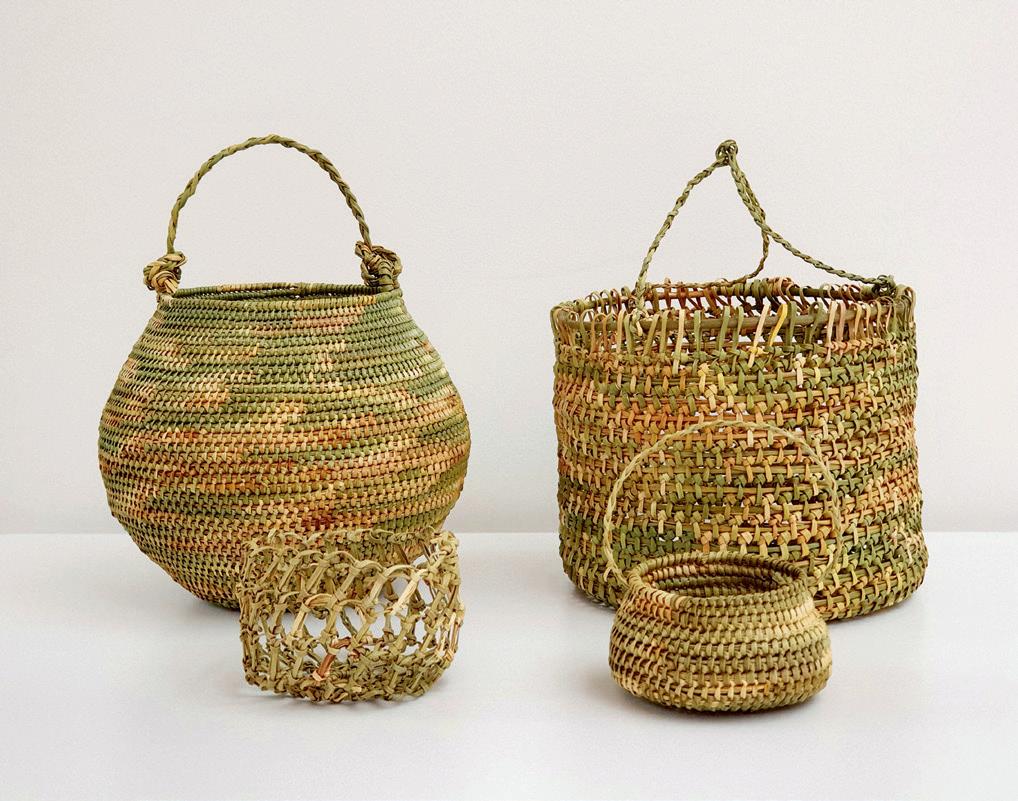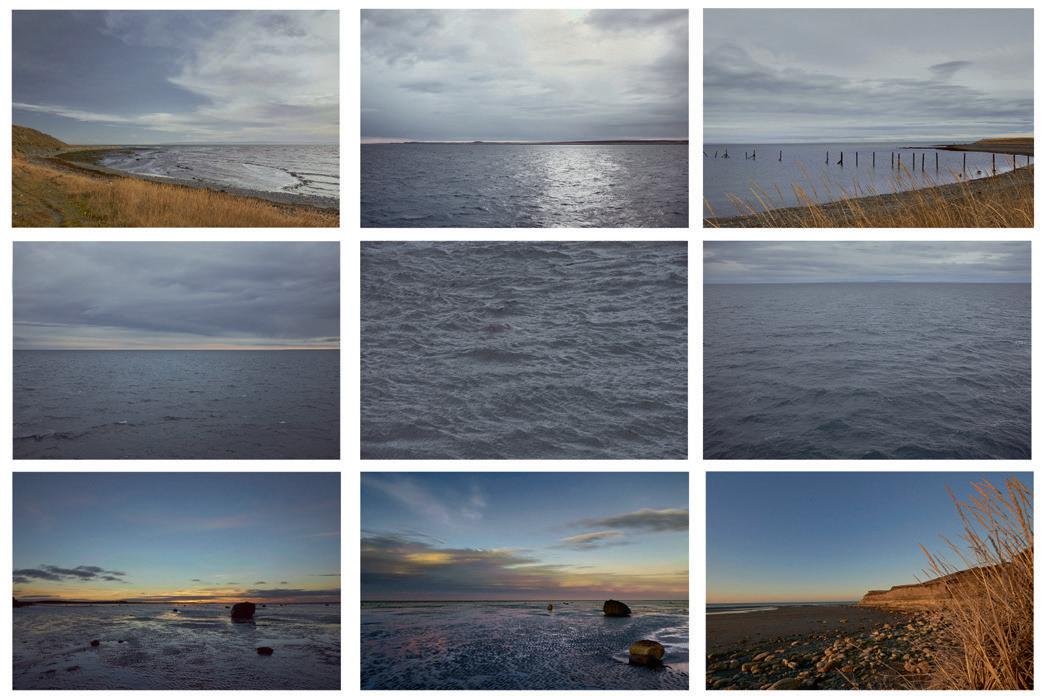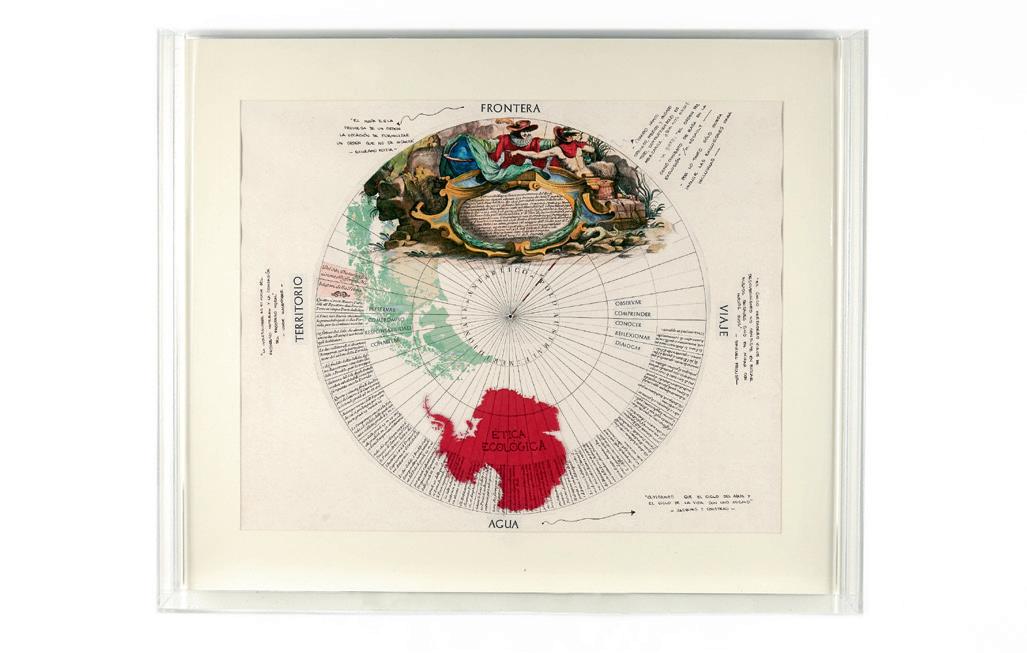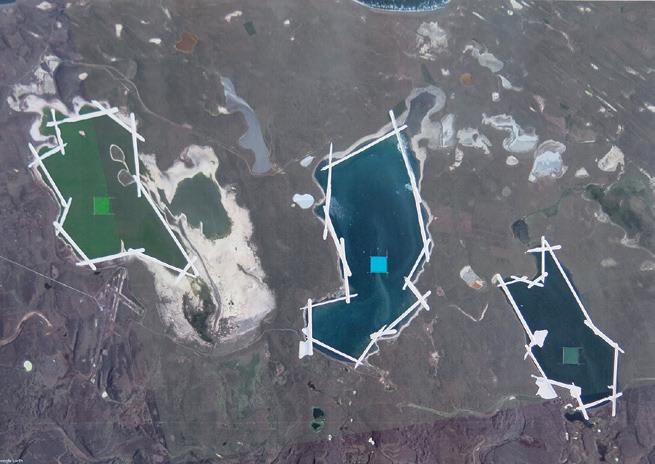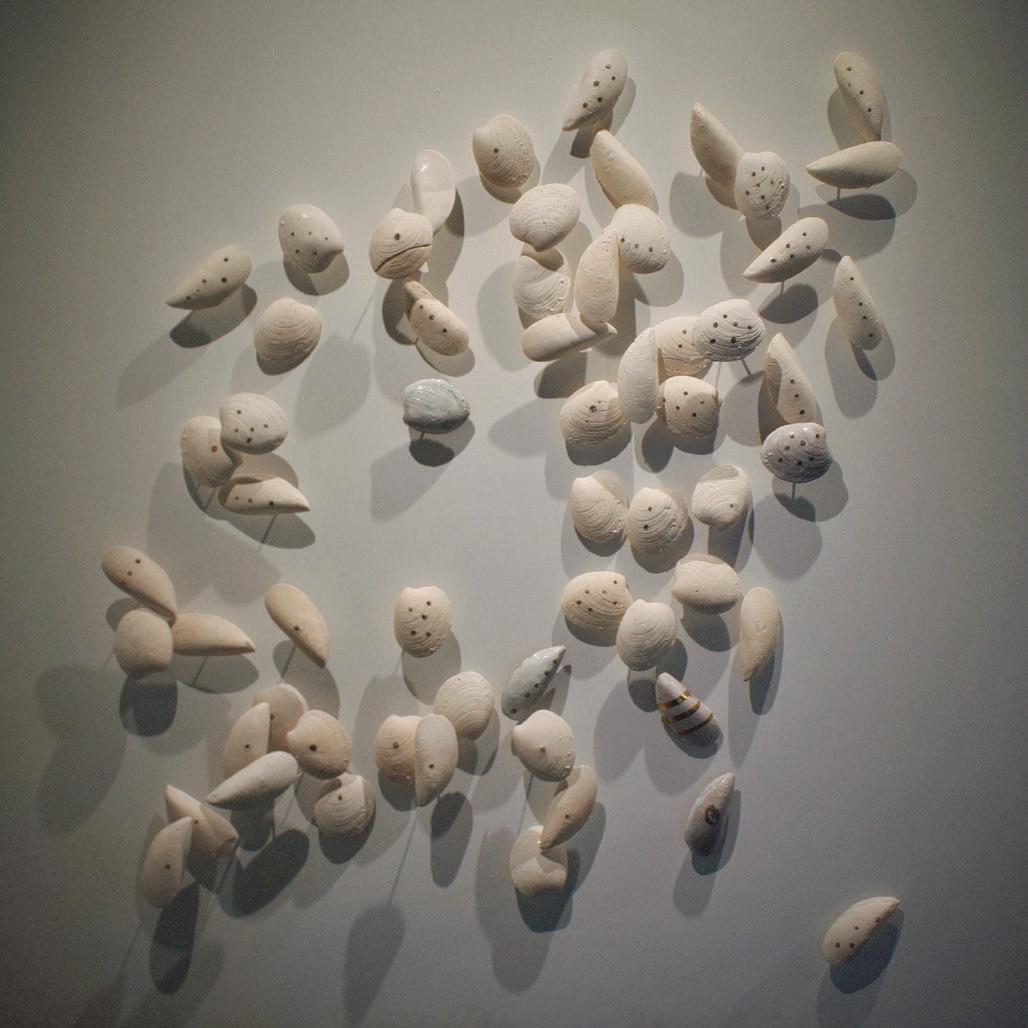
3 minute read
Yagán
El principal alimento de los yagán eran los mejillones y otros moluscos, que completaban con la caza de lobos marinos, guanacos, nutrias y aves, la pesca y algunos vegetales. La caza y la fabricación de armas, herramientas y canoas eran actividades masculinas. El marisqueo, la recolección de plantas, la preparación de las pieles, la fabricación de cestos, las tareas domésticas y el cuidado de los hijos, actividades femeninas. Pero la construcción de las viviendas y la pesca eran tareas compartidas, aunque las técnicas empleadas eran diferentes: los hombres pescaban con lanzas y las mujeres con líneas de pesca, y además eran expertas navegantes. Hoy la población yagán en Chile es de unas 180 personas. Viven en Villa Ukika, Puerto Williams y Punta Arenas. En Ushuaia (Argentina), está la comunidad yagán Paiakoala. Trabajan en la pesca y el marisqueo, la carpintería de ribera y la producción y venta de cestería y maquetas de canoas.
–The main food of the Yagán were mussels and other mollusks, which they completed with the hunting of sea lions, guanacos, otters and birds, fishing and some vegetables. Hunting and making weapons, tools, and canoes were men’s activities. Shellfish and plants gathering, preparing skins, making baskets, housework and childcare, female activities. But building houses and fishing were shared tasks, although the fishing techniques used were different: the men fished with spears and the women with fishing lines, and the women were also expert navigators. Today the Yagán population in Chile is about 180 people. They live in Villa Ukika, Puerto Williams and Punta Arenas. In Ushuaia (Argentina), there is the Yagán Paiakoala community. They work in fishing and shellfish gathering, riverbank carpentry and the production and sale of basketry and model canoes.
Advertisement
Punta de lanza, chouchaoya. Siglo XIX. Hueso de ballena. Museo Nacional de Antropología.
Se empleaba tanto para la caza de aves, nutrias y guanacos y la pesca de cangrejos, así como arma de combate.
Spearhead, chouchaoya. 19th century. Whale bone. Museo Nacional de Antropología.
It was used for hunting birds, otters and guanacos and for catching crabs, as well as a combat weapon.
Modelo de cesta tawe’la. Siglo XIX. Fibra de junco, madera. Museo Nacional de Antropología.
Las cestas se utilizaban como contenedores y especialmente en la recolección de moluscos. Esta cesta formaba parte del equipamiento en miniatura de una maqueta de canoa.
Basket (tawe’la) model. 19th century. Reed fiber, wood. Museo Nacional de Antropología.
The baskets were used as containers and especially in the gathering of shellfish. This basket was part of the miniature equipment of a model canoe.
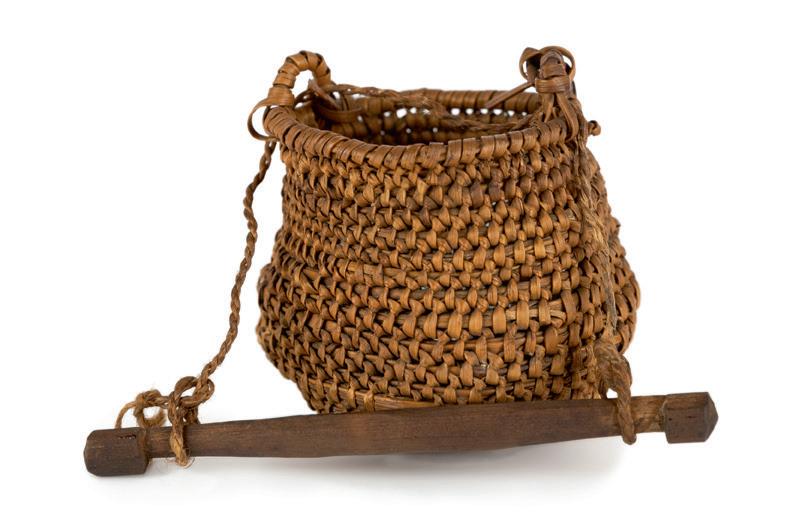
Maqueta de canoa ánan. Siglo XIX. Corteza de coigüe y de canelo de Magallanes, madera, fibra vegetal, barniz. Museo Nacional de Antropología.
La canoa era el centro de la vida familiar. En ella se desplazaban, cazaban, pescaban y recogían moluscos y marisco. En el centro, sobre una plataforma de tierra, conchas y piedras, siempre había un fuego encendido, para transportarlo de campamento en campamento, calentarse en el mar y cocinar en sus viajes. Las maquetas de canoa se intercambiaban por productos europeos con las tripulaciones de los barcos que llegaban a la zona. En la actualidad, siguen realizándolas para su venta a los turistas.
Canoe (ánan) model. 19th century. Magellan’s beech and canelo bark, wood, vegetal fiber, varnish. Museo Nacional de Antropología.
The canoe was the center of family life. In it they moved, hunted, fished and collected shellfish. In the center, on a platform of earth, shells and stones, there was always a fire lit, to transport it from camp to camp, warm up at sea and cook on their travels. The canoe models were exchanged for European products with the crews of the ships that arrived at the area. Currently, they continue to make them for sale to tourists.
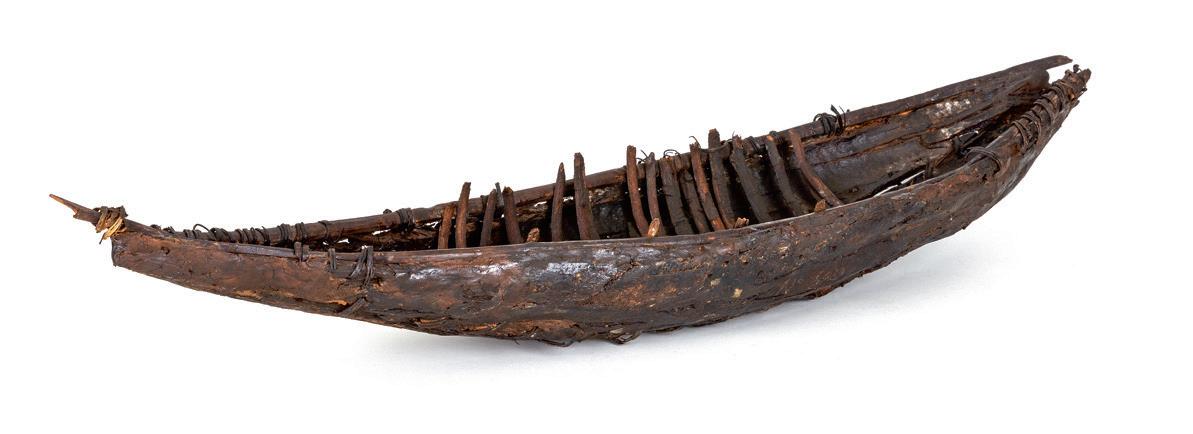
Trois Fuegiennes portant des peintures sur le visage. Mission Scientifique du Cap Horn (1882-1883). Impresión realizada a partir de negativo de gelatina y bromuro de plata en placa de vidrio. PV0034820. Print made from the gelatin-silver bromide negative on a glass plate. PV0034820. Musée du Quai Branly – Jacques Chirac (París).


